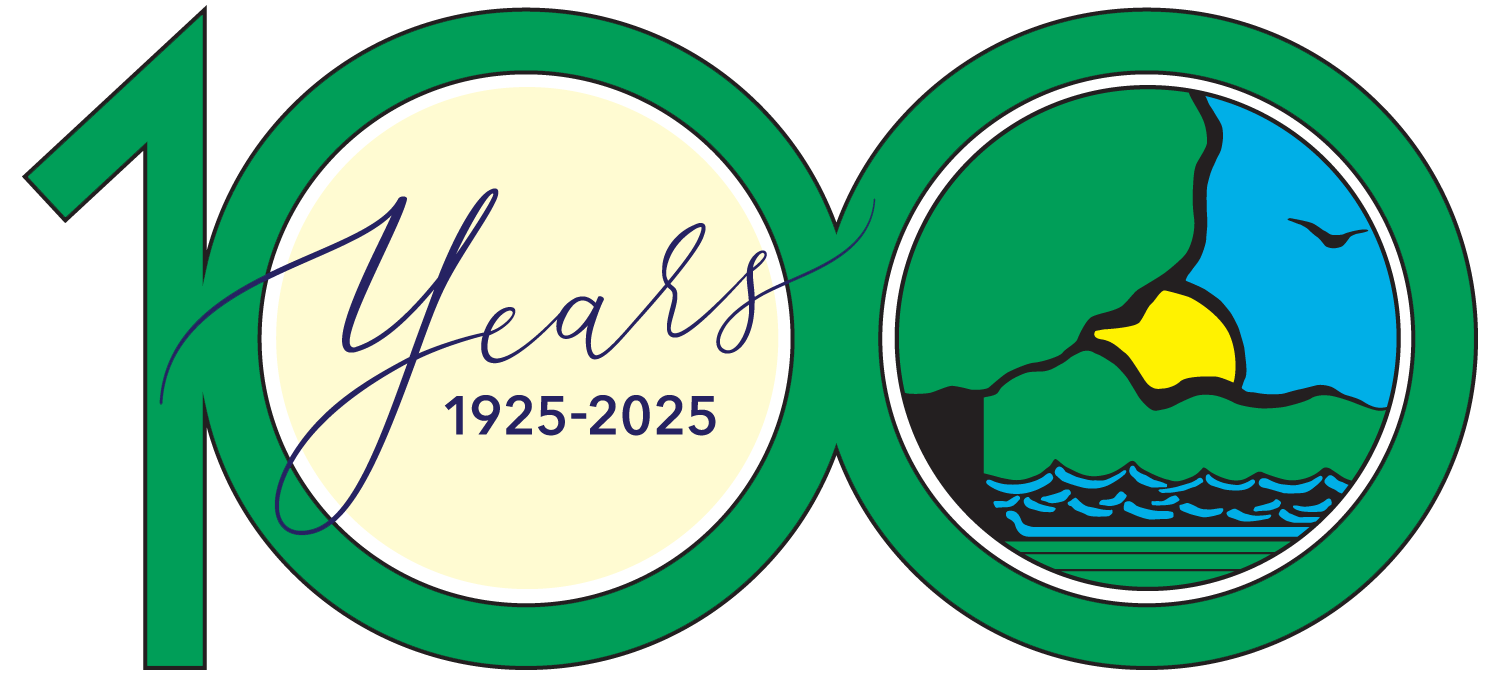
Cycle of success for wildlife and fish restoration programs



Cycle of success for wildlife and fish restoration programs
Since the Illinois Department of Natural Resources (IDNR) uses license revenue to purchase property rights (fee title, conservation easement, etc.) a federal nexus is put on that property restricting use, in perpetuity, for the stated wildlife-oriented natural resources management purposes. Every year IDNR purchases property rights using a number of the Special Funds. The purpose IDNR has for each of these Special Funds property rights acquisitions often is more specific than the federal standard of wildlife-oriented natural resources management purposes.
Should IDNR derive income from property or equipment acquired with license revenue or from a capital improvement built with license revenue, that income also is considered license revenue. An example would be camping fees collected at an IDNR site purchased with license revenue as part of a PR federal aid funded grant. Currently, IDNR has 18 Pittman-Roberston (PR) federal aid funded land acquisition sites. A number of these sites have fee camping generating license revenue.
IDNR uses license revenue to purchase equipment (personal property), which is defined as durable, non-disposable, non-personal items of $100 or more. As long as IDNR possesses such equipment it must be used for the wildlife-oriented natural resources management purposes.
IDNR also has the capacity to realize income from a commodity derived from property or equipment acquired with license revenue, with the income considered license revenue. An example would be income from the sale of crops raised on property purchased with license revenue as part of a PR federal aid funded grant.
Of the sites acquired with federal aid monies, a number have active farming operations conducted by IDNR personnel or tenant farmers under a lease agreement. In both cases, income derived from these farming operations is considered license revenue.
Paul Vehlow retired from the Illinois Department of Natural Resources as the Federal Aid Coordinator.
Submit a question for the author